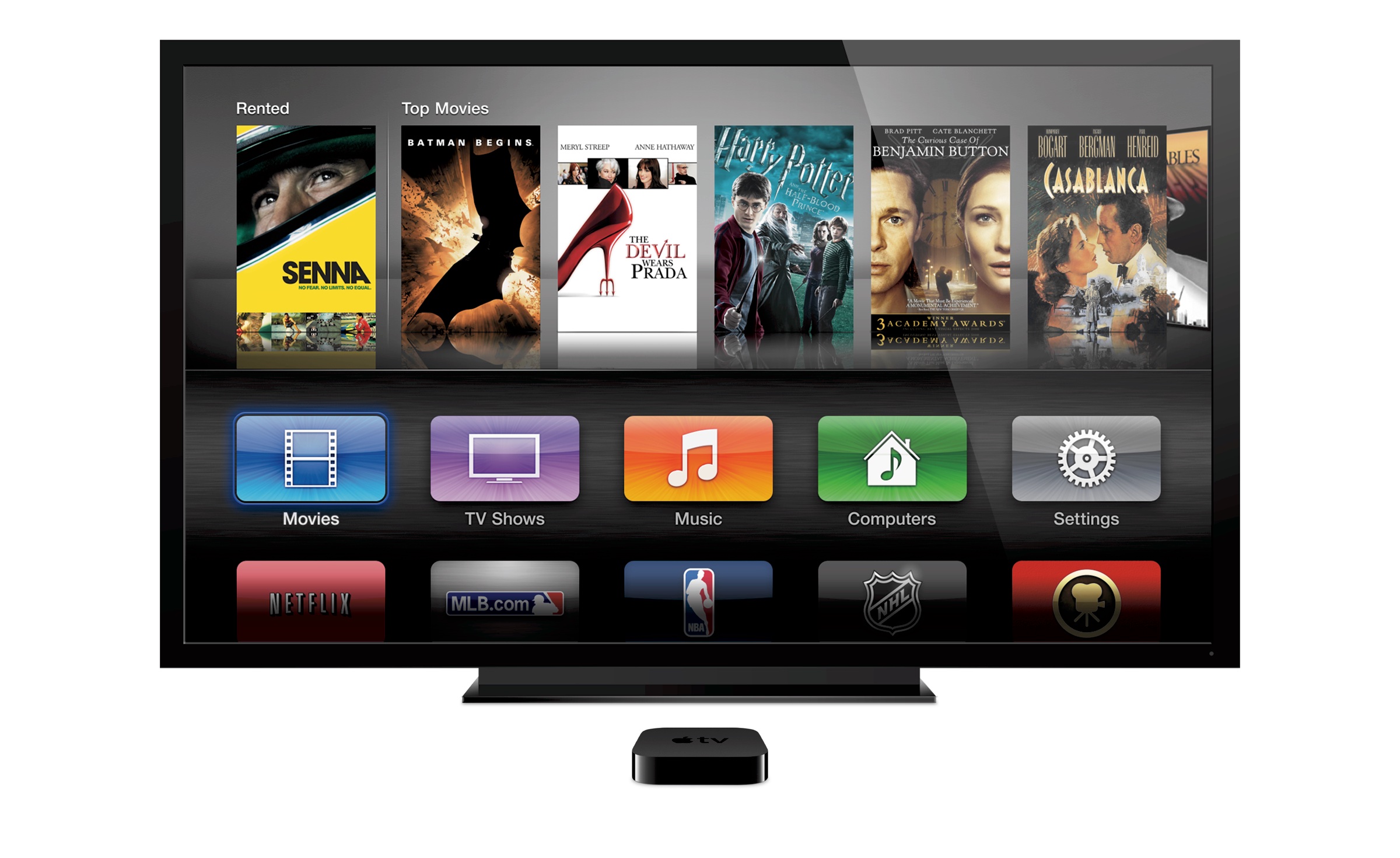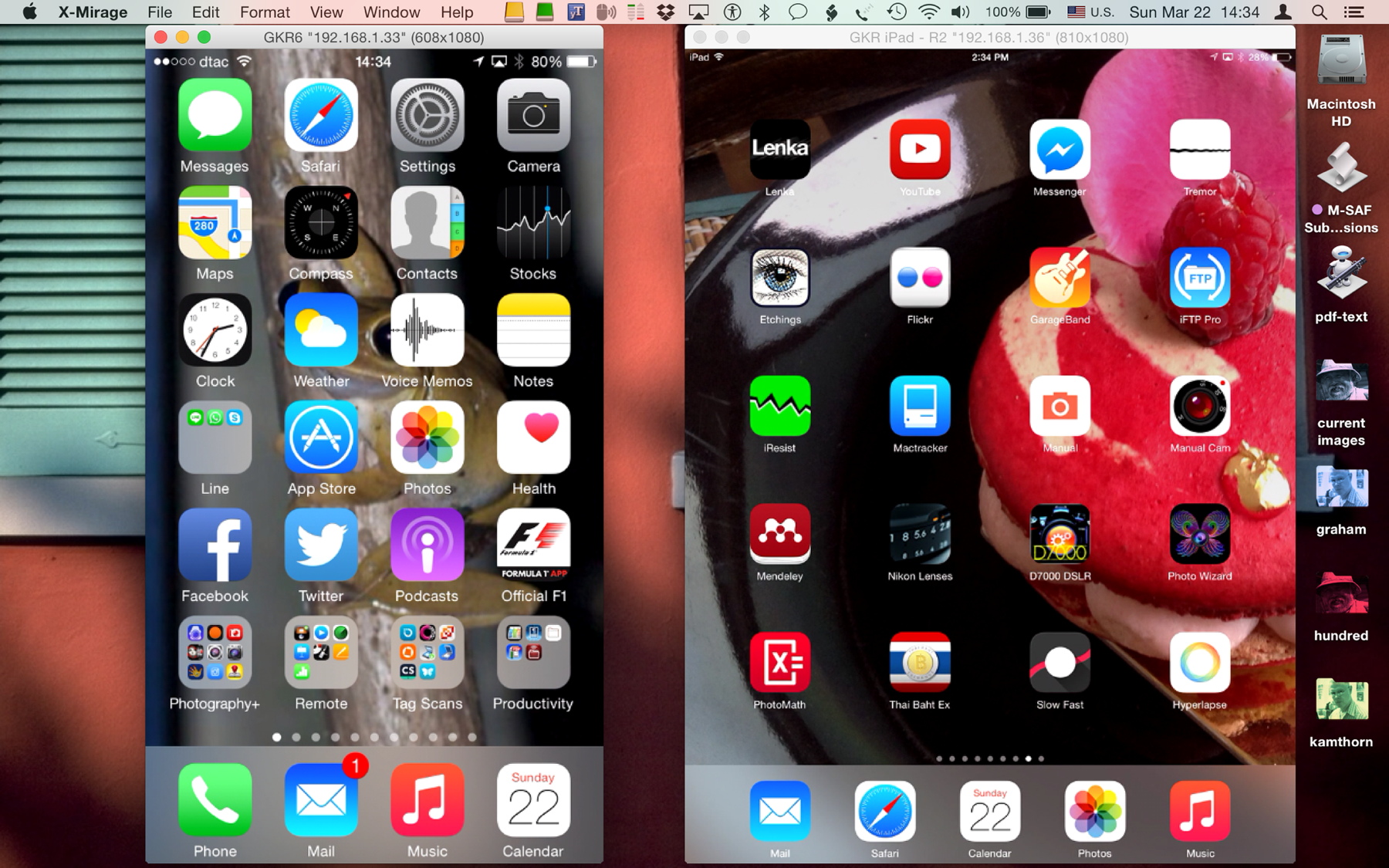Drive Speed and Connections with Apple Devices (Bangkok Post, Life)

AMITIAE - Wednesday 25 March 2015
|
Drive Speed and Connections with Apple Devices (Bangkok Post, Life) |
 |
|
|
By Graham K. Rogers
So what does the MacBook Pro have? It turns out that it uses a Samsung too: part of Apple's bi-polar relationship with the South Korean corporation. In any Apple product you will find components from Samsung as well as Mitsubishi, Texas Instruments and of course Intel. Using "About This Mac", I linked to System Information which showed that the drive used was "APPLE SSD SM0512F Media". A search found the Passmark Software site: benchmark figures of 6255 show that the Apple drive was better in this respect than several others.
Rumours suggest that the Apple TV will have the A8 chip (currently in the iPhone 6); access to the app store; and that the updated version will have Siri. It is also expected to use the latest 802.11ac WiFi. [A later rumour also suggested that it would have 4K video output.]

Apple TV - Image Provided by Apple
I find this useful, for example, to show videos that are on the iPhone. I can also rehearse presentations on a screen that is not the Mac (or iOS device). I like to run slideshows of photographs I have taken as well. This works well even though the Apple TV is the only one of my devices that uses 802.11n WiFi. The rest have the latest 802.11ac capabilities although speeds with 802.11n are still respectable.
Apple WiFi Router (802.11ac) and ISP WiFi Router (802.11g)
The 802.11g standard was first available in 2003 and users suffer from interference in the crowded 2.4 GHz range. It was superseded by the 802.11n standard, using 2.4GHz and 5Ghz channels in 2009. I circumvent the 802.11g limit, by connecting my Apple 802.11ac router via the Ethernet port. TrueMove should consider an update of customer routers.
I have another way which may be useful for users of older devices and for users of PCs. It works using Airplay. Last April I looked at X-Mirage from Plum Amazing (who make the excellent iWatermark) that allows device connections to be made in several ways on Macs with 10.6.8 or later. As well as WiFi connections, it can also use LAN 10/100/1000 or Bluetooth. While Macs have AirPlay built-in, according to Plum Amazing, X-Mirage turns a Windows PC into an AirPlay receiver.

When started on the Mac, there are some onscreen instructions to guide a user with the AirPlay connection. Once that is made, and Mirroring turned ON, the iPhone or iPad screen will appear on the screen of the Mac. Operations are done from the iOS device; video recording is controlled from the computer. We can also record a voice over on the Mac using the a microphone. It is possible to connect multiple devices at one time.

iPhone and iPad screens Displayed on the Mac
See Also:
Graham K. Rogers teaches at the Faculty of Engineering, Mahidol University in Thailand where he is also Assistant Dean. He wrote in the Bangkok Post, Database supplement on IT subjects. For the last seven years of Database he wrote a column on Apple and Macs. He is now continuing that in the Bangkok Post supplement, Life. |
|

For further information, e-mail to
Back to
eXtensions
Back to
Home Page